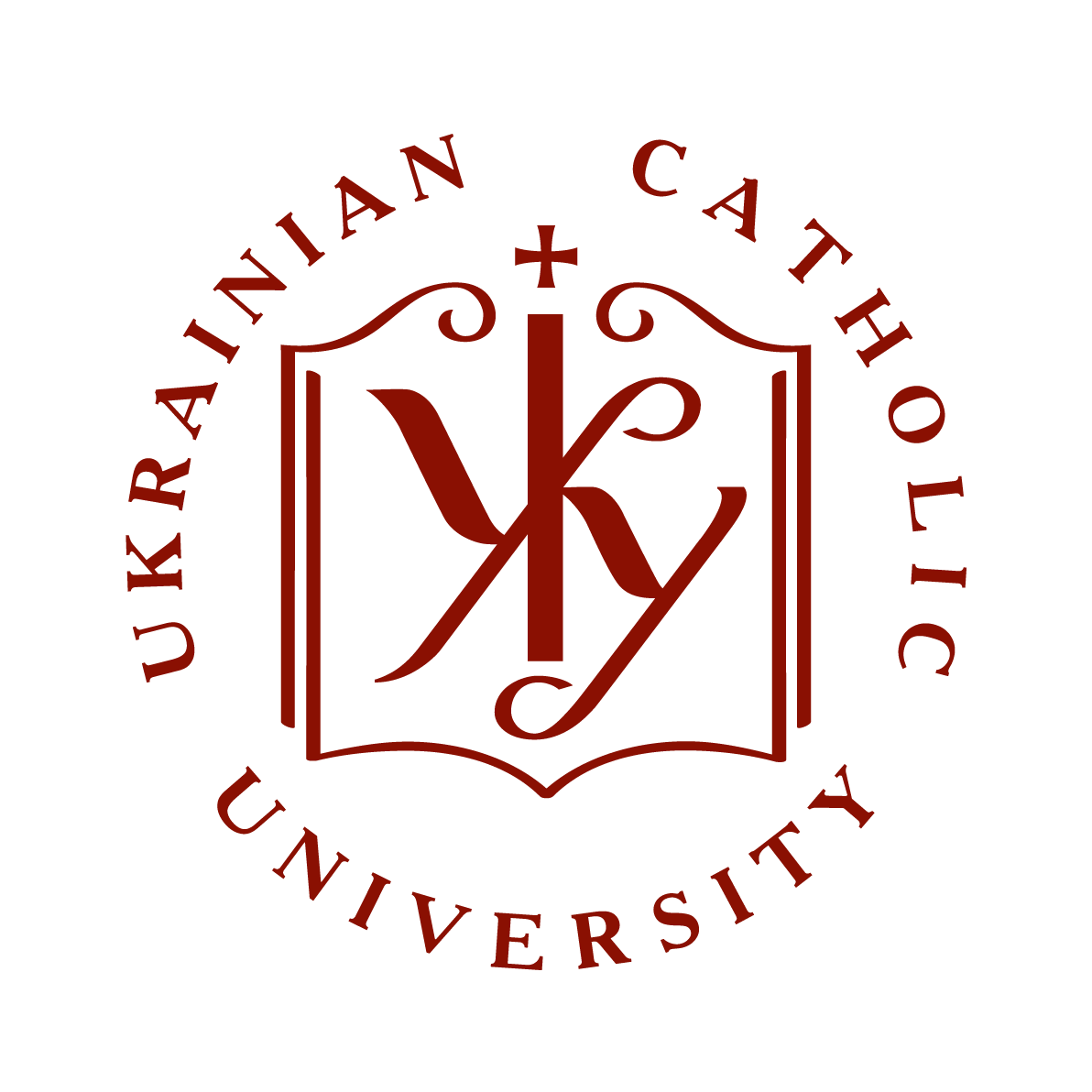Сценарії JavaScript вимкнено для Вашого браузера. Деякі функції цього сайту не будуть працювати без них.
| dc.contributor.author | Hurkina, Svitlana
|
|
| dc.contributor.author | Гуркіна, Світлана
|
|
| dc.date.accessioned | 2015-05-29T12:28:49Z | |
| dc.date.available | 2015-05-29T12:28:49Z | |
| dc.date.issued | 2012 | |
| dc.identifier.citation | Гуркіна С. В. Греко-католицьке духовенство Львівської архиєпархії в умовах переслідування радянською владою (1944-1950 рр.) [Текст] : автореф. дис. ... канд. іст. наук : 07.00.01 / Гуркіна Світлана Валеріївна ; Львів. нац. ун-т ім. Івана Франка. - Л., 2012. - 20 с. | uk |
| dc.identifier.uri | http://er.ucu.edu.ua/handle/1/271 | |
| dc.description.abstract | Автореферат дисертації на здобуття наукового ступеня кандидата історичних наук за спеціальністю 07.00.01 – історія України. – Львівський національний університет імені Івана Франка, Львів, 2012. У дисертації проведено дослідження становища і діяльності духовенства Львівської архиєпархії Галицької митрополії в умовах здійснення державної політики ліквідації Української Греко-Католицької Церкви радянською владою наприкінці Другої світової війни та в перші повоєнні роки. Висвітлено стан наукової розробки теми, проаналізовано її джерельну базу. Представлено причини, плани, способи, форми та механізми реалізації репресивної політики сталінського режиму стосовно греко-католицьких ієрархів і священнослужителів, а також встановлено її головних виконавців. Розкрито сукупність чинників, які зумовили збереження греко-католицької церковної традиції в СРСР у формі «катакомбної Церкви». | uk |
| dc.language.iso | uk | uk |
| dc.subject | історія УГКЦ | uk |
| dc.subject | історія України | uk |
| dc.subject | репресії | uk |
| dc.subject | Львівська архиєпархія | uk |
| dc.subject | греко-католицьке духовенство | uk |
| dc.subject | History | uk |
| dc.subject | Greek-Catholic clergy | uk |
| dc.subject | Lviv Archeparchy | uk |
| dc.subject | Ukrainian Greek Catholic Church | uk |
| dc.subject | Soviet government | uk |
| dc.subject | official liquidation | uk |
| dc.subject | persecutions | uk |
| dc.subject | державна ліквідація | uk |
| dc.subject | переслідування | uk |
| dc.subject | радянська влада | uk |
| dc.title | Греко-католицьке духовенство Львівської архиєпархії в умовах переслідування радянською владою (1944-1950 рр.): автореферат | uk |
| dc.type | Thesis | uk |
| dc.description.abstracten | Thesis for a Candidate Degree in History, Speciality 07.00.01 – History of Ukraine. – Ivan Franko National University of Lviv, Lviv, 2012. The study is based on a wide range of historical sources, including publications of previously secret KGB and governmental documents, unpublished criminal files of arrested Greek Catholic hierarchs and prominent priests from the Lviv Archeparchy, and interviews with eyewitnesses from among clergy. The author attempted a complex and comprehensive study of the situation and behavior of the Greek Catholic clergy in 1944-1950, when they faced a challenge of maintaining their ecclesiastical status and fulfilling their pastoral ministry in the extreme conditions of the forced liquidation of the Halych Metropolitanate of the Ukrainian Greek Catholic Church (UGCC) by the Soviet government. The study reveals the main reasons, plans, methods and mechanisms of Stalin’s repressive policy towards the Greek Catholics. The institutional liquidation of the UGCC by the tsarist method of «reunion» with the Russian Orthodox Church (ROC) was planned in detail and arranged by Soviet security services. Officially, the entire “reunion” campaign lasted from April 1945 to the middle of 1947, but in fact the operations against the UGCC hierarchy and clergy were launched by the NKGB-KGB in Halychyna as early as September 1944. The state security’s involvement can be divided into three phases: 1. Preparation phase: September 1944 – March 1945; 2. Liquidation phase: April 1945 – June 1947; and 3. Prevention phase: 1945/47–1950. The basic principles of clergy «survival» of the clergy amid Soviet persecutions were laid down by Metropolitan Andrey Sheptyts’ky and his successor Josyf Slipy back in 1939–1941 and 1944. Slipy’s instruction on the «Main Rules of Contemporary Pastoral Ministry» (1941) granted the Greek Catholic clergy a considerable independence in the situations of exile or lack of communication with the hierarchy. In 1945 to 1950, high-rank Greek Catholic priests of the Lviv Archeparchy made numerous attempts to prevent the complete liquidation of their Church. They worked in several directions: securing the continuation of Church leadership through the canonical election of the Vicar Capitulary and the appointment of the Vicar General; boycotting the activities of the «Initiative Group»; submitting protests to the Soviet government based on canon law and the Soviet Constitution; «renouncement of Orthodoxy» by «reunited» priests; and trying to collect and send to Vatican the information about the actual situation of the UGCC. During the «reunification» campaign, the Greek Catholic clergy of the Lviv Archeparchy was dramatically divided in two factions: the larger one consisted of the «reunited» with the ROC priests, and the smaller one, of the «recalcitrant». The first group’s explanations for their decision referred mostly to the government coercion and the formality of the «reunion», while for the second group the refusal to reunite was an important conscientious act of resistance to violence and fidelity towards Rome. Thus, most of the priests from the first group remained Greek Catholics «within their souls». In both groups, the priests’ motivations ranged from private considerations to the ones based on an idea of common good. Thе study shows that in 1944–1950, despite the official liquidation of the UCGG by the Soviet government and persecutions against its hierarchy and clergy, a basis was formed for its continuous ecclesiastical existence as a Catacomb Church. | uk |
Files in this item
This item appears in the following Collection(s)
-
Дисертації та автореферати [2]
Dissertations and Theses


